Islamic Revolution at 45: Iranian space industry’s phenomenal feats despite odds
By Ivan Kesic
On Friday, Iran marked the annual Space Technology Day on the fifteenth anniversary of the launch of the first indigenous satellite into space, a testament to the country’s tremendous progress since 1979.
It came only days after ambitious plans for the new gigantic Sarir and Soroush carrier satellites were announced by President Ebrahim Raeisi at a ceremony in Tehran.
President Raeisi praised the latest launch of homegrown satellites into space as a major development that neutralized Western sanctions and foiled enemy plots to isolate the Iranian nation.
He announced that Iran is now among the world’s top 10 countries in the field of aerospace technology, and such progress is the realization of the "we can" motto, by turning sanctions into opportunities.
Praising the recent satellite launches, the Iranian president asserted that Iranian scientists are coming up with noteworthy innovations, achievements and products at a time when enemies are trying to stoke a sense of despair and disillusionment through mainstream media outlets.
He particularly hailed the Iranian Space Agency (ISA), as well as the healthy cooperation among the Iranian Armed Forces, the Defense Ministry, the Ministry of Information and Communication Technology and other institutions involved in the aerospace sector.
President Raeisi called for a stronger presence of private knowledge-based firms in the aerospace field, stating that those companies must contribute their share more than ever, noting that Iran utilizes space technologies in various spheres, including agriculture, water resources, mineral deposits, and security.
How did Iran's space program begin?
Iran's first successful launch of an artificial object into orbit took place in August 2008 when a mock-up satellite reached low Earth orbit (LEO), to test the capabilities of the Safir-1 carrier rocket.
On February 2, 2009, the same rocket launched the first operational satellite named Omid (Hope), a cubic data-processing satellite for research and telecommunications, which remained in orbit for three months.
With this success, Iran became a member of the elite club of only nine countries in the world that independently launched an object into space.
Iran's success was particularly remarkable as it developed rocket and space technology independently and under the specter of cruel and illegal US sanctions, while other countries took help from others.
Between 2008 and 2013, Iran conducted successful bioastronautical tests, sending cold-blooded organisms and monkeys into suborbital flight, becoming the sixth country in the world to do that.
In June 2011, the second operational satellite Rasad-1 (Observation) was launched, followed by the third satellite Navid (Good News) in February 2012, and the fourth satellite Fajr (Dawn) in February 2015.
All these satellites were launched by the Iranian Space Agency (ISA), aboard the Safir-1 liquid-fueled carrier rocket, from the Imam Khomeini Space Center in Semnan province.
The mass of all these satellites was several tens of kilograms, and their mission in low orbit lasted several weeks, with the purpose of research and improvement of newer satellite technology.
Since 2016, the Imam Khomeini spaceport has been testing launches with the new, much larger Simorgh carrier rocket, which has four times more thrust and five times more payload than Safir-1.
In parallel with the civilian ISA, the Islamic Revolution Guards Corps (IRGC) has been developing its own space program, and the purpose is military observation and telecommunications.
The IRGC uses the Shahrud Rocket Site for its launches, which is also in Semnan province, and their first satellites Nour-1, Nour-2 and Nour-3 were sent by solid-fueled Qased rockets.
What are the recent aerospace successes?
In the last few weeks, Iran has achieved a major breakthrough compared to previous launches, successfully launching new massive rocket carriers, at much higher altitudes and on longer-duration missions, as well as multiple satellites at once.
On December 6, Iran successfully put into orbit its Kavous bioastronautical capsule with the domestically-built Salman rocket, preparing the ground for future astronaut launches.
The 500-kilogram capsule, developed by Iran’s Aerospace Research Institute (ARI), was launched to an altitude of 130 kilometers and returned safely.
On January 20, the aerospace division of the IRGC successfully sent the indigenous satellite Sorayya into 750 km orbit above the Earth’s surface, setting a new record.
The research satellite was developed by the Iranian Space Research Center (ISRC) and carries several new subsystems, and its life expectancy is estimated at three years, longer than all previous satellites.
A significant step of this test was the new three-stage rocket Qaem-100, the IRGC's latest carrier rocket which proved to be completely reliable and successful.
Like the older Qased, the Qaem-100 is also a three-stage solid-fuel rocket, but with an apogee (max. altitude) of 750 km, it surpasses the Qased's apogee of about 500 km and has twice the load capacity.
The IRGC announced the successful testing of the Qaem-100 engine two years ago, explaining that it has a thrust of 68,000 kg, higher than older models with 30,000 kg.
Just eight days after the launch of the Soraya satellite, the ISA successfully launched the Simorgh (Phoenix) rocket, Iran's largest and most capable launch vehicle, simultaneously putting three satellites into space.
Three satellites, namely Mahda, Hatef-1 and Keyhan-2 were placed at an apogee (max. altitude) of 1,100 km, which again set the record.
Prior to this launch, the liquid-fueled three-stage Simorgh was tested four times with semi-successful results, particularly with issues in the final stages. The latest launch proved a success.
What are Iran's ambitious space plans?
Iran's three latest space successes are by no means a technological pinnacle, but just a step in plans that officials say will follow in the coming months and years.
According to the IRGC, the Qaem-100 is the pioneer of their development of the Qaem carrier rocket series, which includes more advanced models Qaem-105, Qaem-110 and Qaem-120.
The most advanced model of that series should be used by Iran to launch a satellite into a geostationary orbit at 36,000 km, which Commander of the IRGC Aerospace Force’s Space Division General Ali Jafarabadi announced a few days ago.
In interviews published in local media, a spokesman for the Iranian defense ministry, Seyyed Ahmad Hosseini, explained that the Supreme Space Council has set new tasks that should be implemented over the next three years.
They include the development of a carrier rocket that will place communication satellites in geostationary orbit, 36,000 km from the surface of the Earth, as well as the ability to send a 4-ton payload into LEO and simultaneously launch up to ten satellites.
This is planned to be carried out by 2027 with the new Sarir carrier rocket, an improved version of the Simorgh, and tests with one and a half tons of cargo have already been announced for 2025 or 2026.
In parallel with Sarir, the development of an even more powerful Soroush carrier rocket is underway, which has a payload of up to 15 tons and should be operational by 2028.
Next to Chabahar, a city in the extreme southeast of the country, a new spaceport is planned to be opened, which should enable a greater launch angle and a safer path, across the Indian Ocean.
It was also announced that by the end of this decade, the first Iranian astronaut will be sent in the Kavous capsule, a feat that only three countries in the world have performed so far.
All these achievements in the space sector, experts stress, have been accomplished under crippling sanctions, saber-rattling and sabotages, a testament to the incredible resilience of the Iranian nation.
Magnetic revolution: Iran’s nano-solutions driving cleaner and greener oil industry
Deadly clashes erupt in Syria’s Aleppo as US-backed SDF forces defy HTS rule
FM Araghchi: Iran’s internal affairs solely matter of its people
Iran army chief: Enemy threats will not go unanswered
Iran: Israeli FM’s visit to Somaliland a ‘dangerous precedent’
Rome protests Maduro abduction by US
Leader of Yemen’s separatists flees ahead of talks in Saudi Arabia
Venezuela to deliver 30-50 million barrels of oil to US: Trump


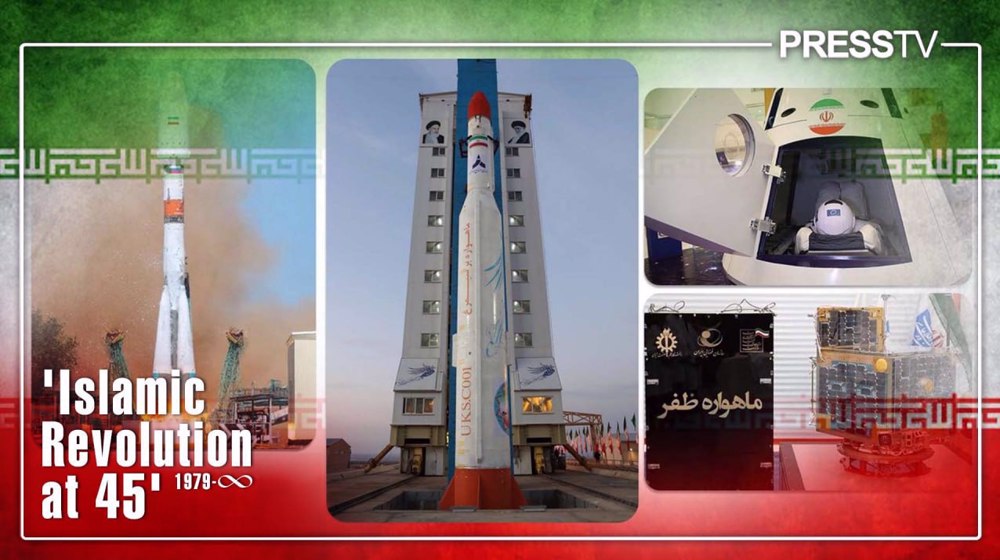
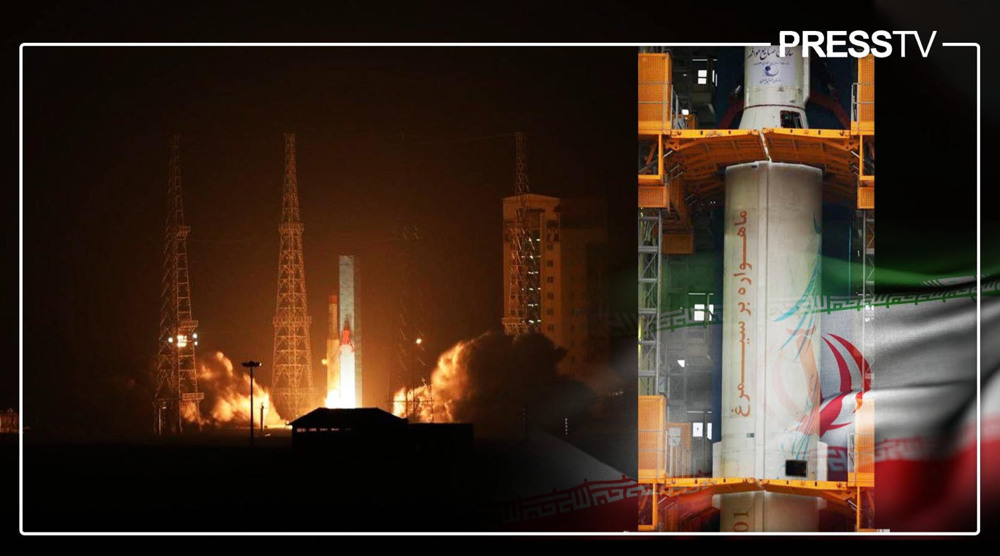
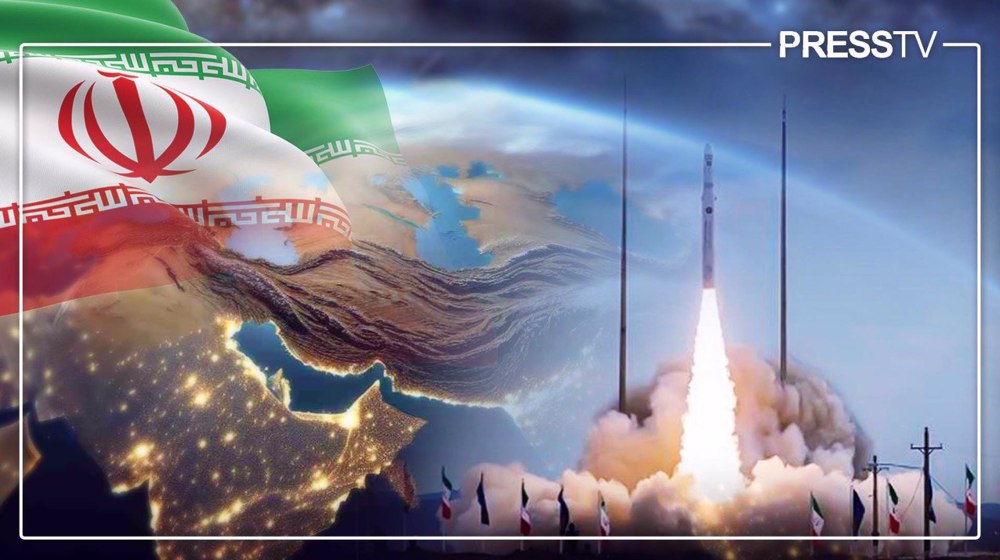
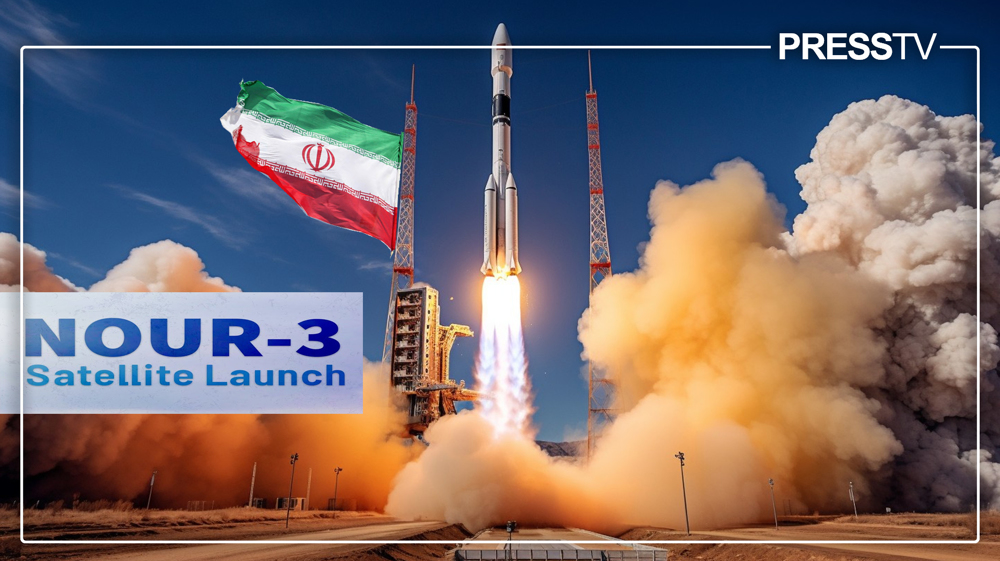
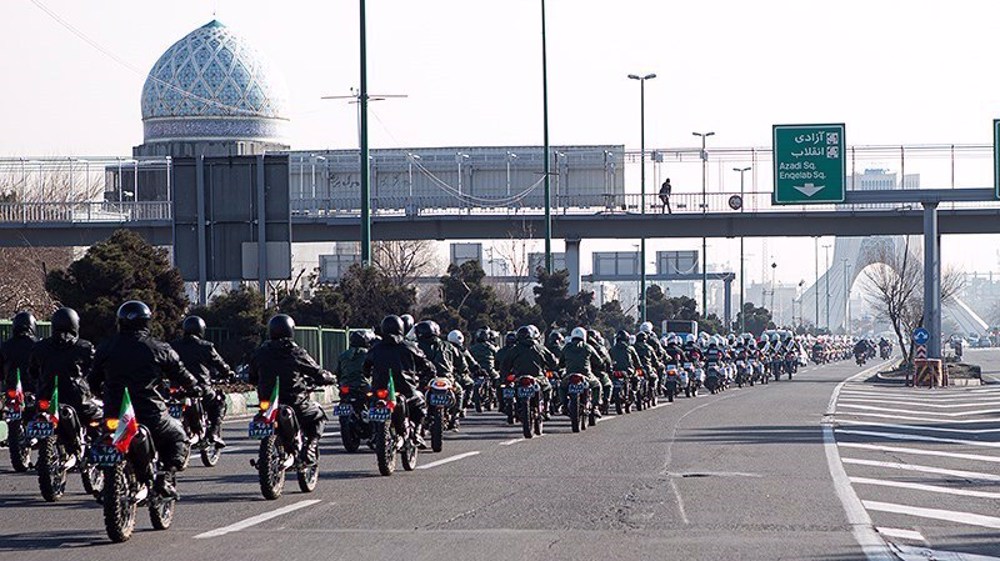
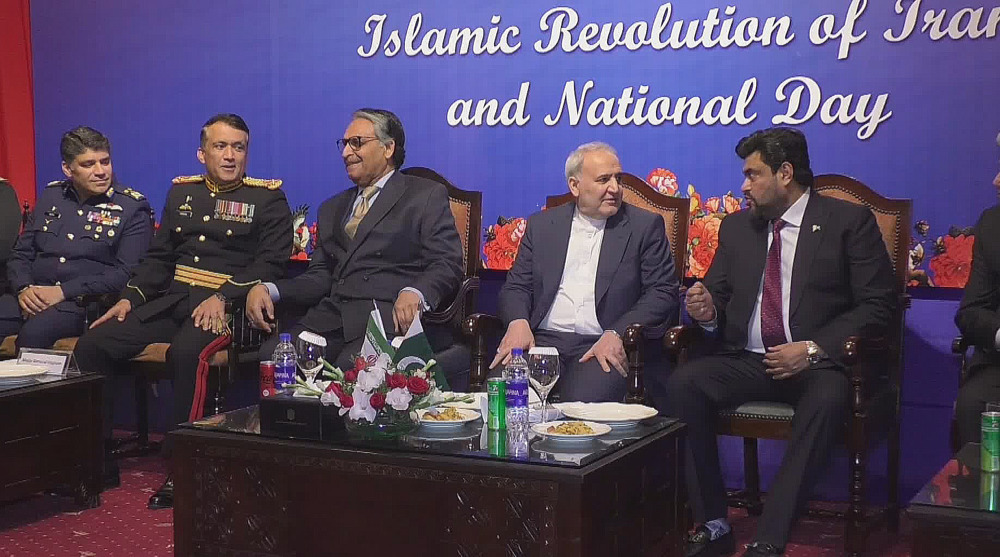
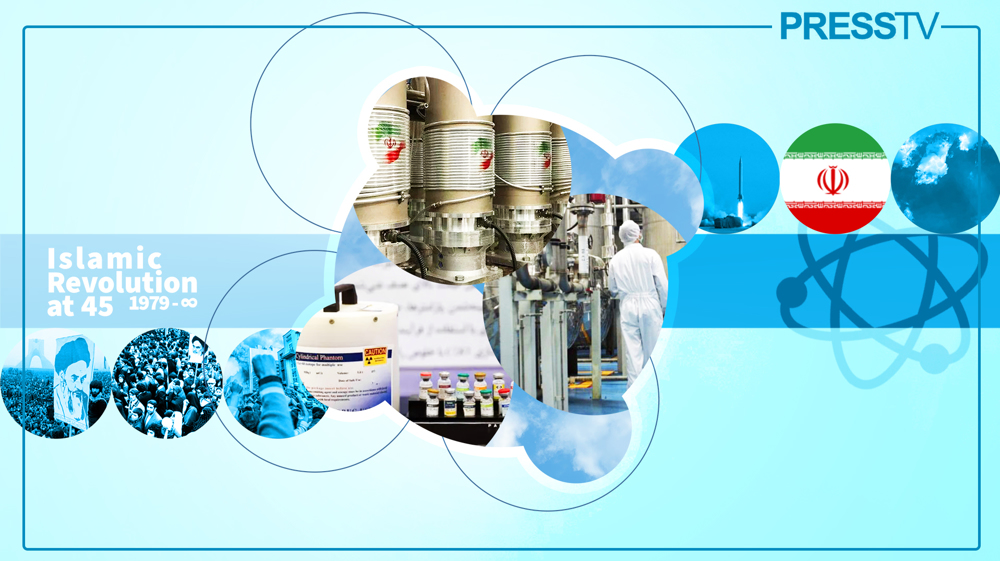



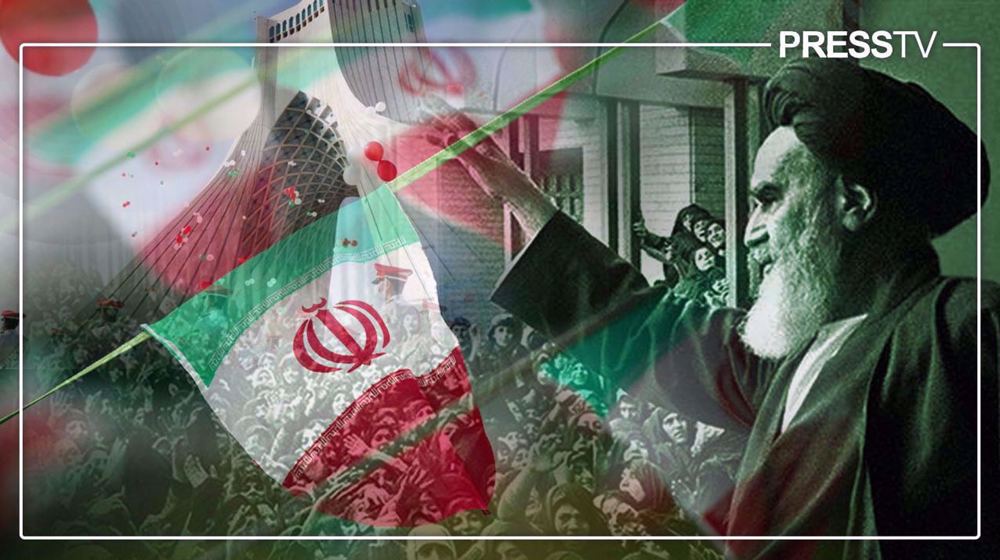
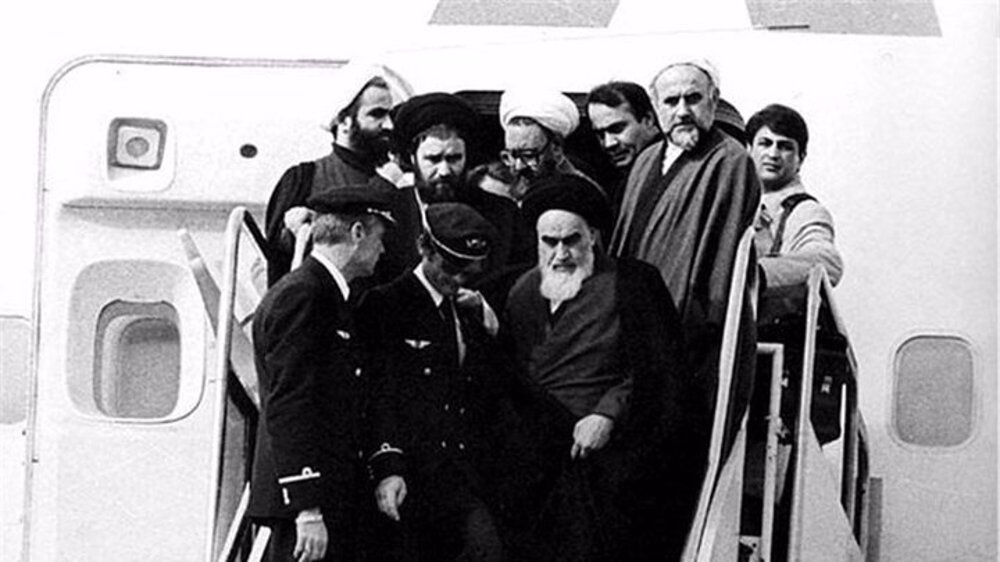

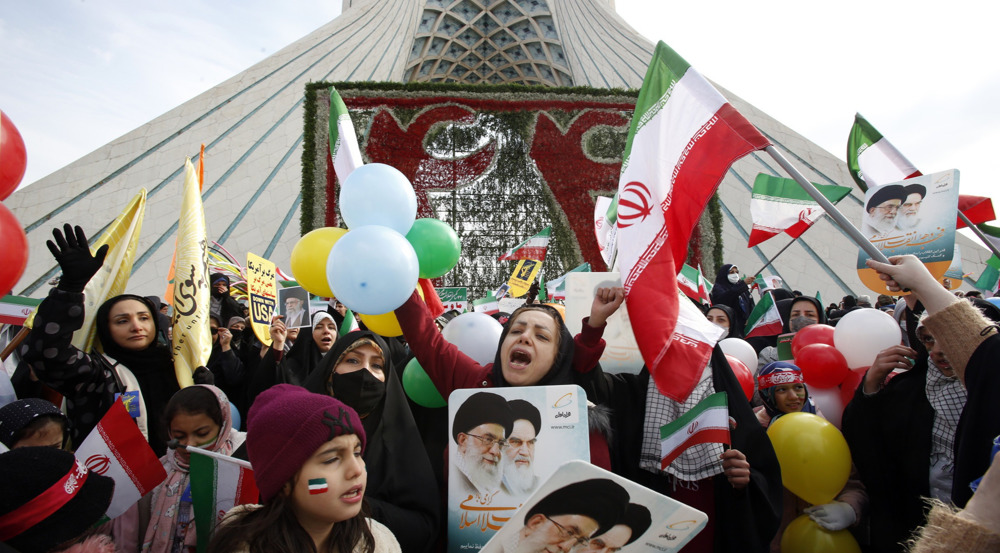


 This makes it easy to access the Press TV website
This makes it easy to access the Press TV website